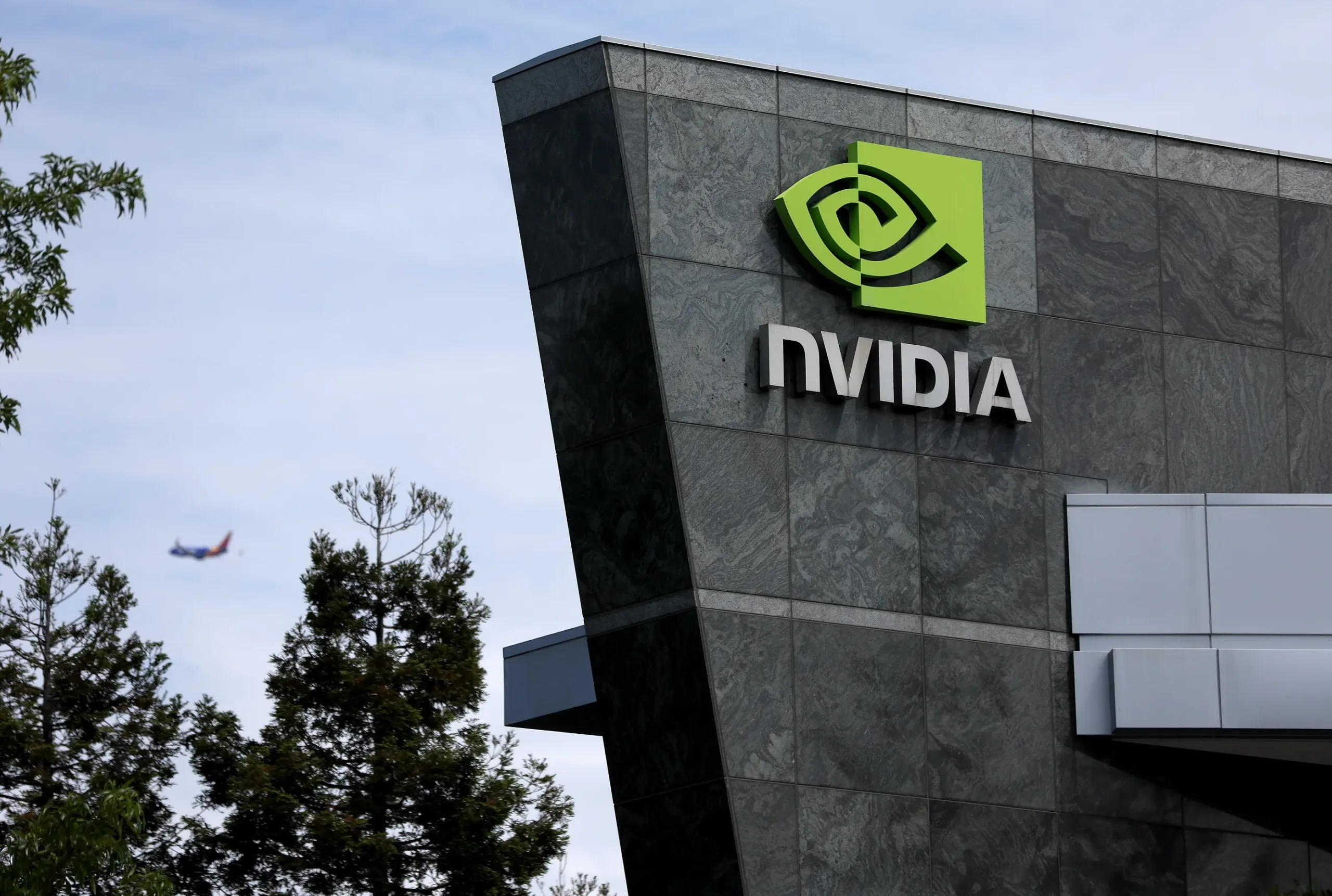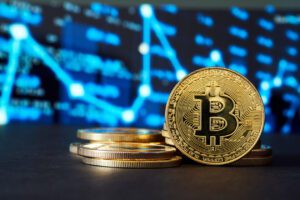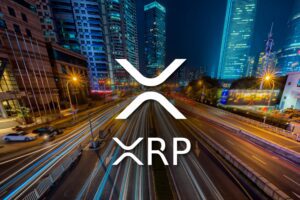Nvidia (NVDA), the tech titan synonymous with artificial intelligence (AI), is making waves – but not in the way many investors expected. Once a steady ship, the stock has become increasingly volatile, eclipsing even the notoriously unpredictable cryptocurrency market.
Goldman Sachs’ proclamation of NVDA as the world’s most important stock in 2023 has certainly rung true in terms of market impact. However, its recent price swings are raising eyebrows. Data from Fintel reveals that NVDA’s 30-day options implied volatility has surged from 48% to a staggering 71%, a clear indicator of heightened investor uncertainty.
In stark contrast, bitcoin and ether, often synonymous with volatility, have seen their 30-day implied volatility decline. This unexpected shift in market dynamics is a testament to the growing influence of AI on global financial markets.
The correlation between NVDA and bitcoin is undeniable. Both hit rock bottom in late 2022 and have since enjoyed a meteoric rise. Their 90-day price correlation of 0.73 underscores their intertwined destinies. Yet, NVDA’s recent downturn, marked by a 26% drop from its peak, is casting a long shadow over the crypto market.
What’s driving this unprecedented volatility in NVDA? According to experts, it’s a perfect storm of factors. Market makers, those who provide liquidity, are actively hedging their positions, a practice common in the crypto world. This “negative gamma” trading strategy amplifies price movements, contributing to NVDA’s wild swings.
Also Read: From Gaming Giant to AI King: Nvidia Topples Microsoft and Apple as World’s Most Valuable Company
As Griffin Ardern of BloFin points out, this isn’t exclusive to the crypto market. Traditional equities like the S&P 500 and Nasdaq have also felt the heat of negative gamma hedging. But NVDA, caught in the crossfire of AI hype and market uncertainty, has become the poster child for this phenomenon.
The implications of this shift are far-reaching. Investors, both in equities and crypto, must brace themselves for increased turbulence. The once clear-cut distinctions between traditional and digital assets are blurring, demanding a new approach to risk management. As the AI revolution unfolds, it’s becoming increasingly apparent that the future of finance will be characterized by heightened volatility and interconnectedness.
Disclaimer: The information in this article is for general purposes only and does not constitute financial advice. The author’s views are personal and may not reflect the views of Chain Affairs. Before making any investment decisions, you should always conduct your own research. Chain Affairs is not responsible for any financial losses.



